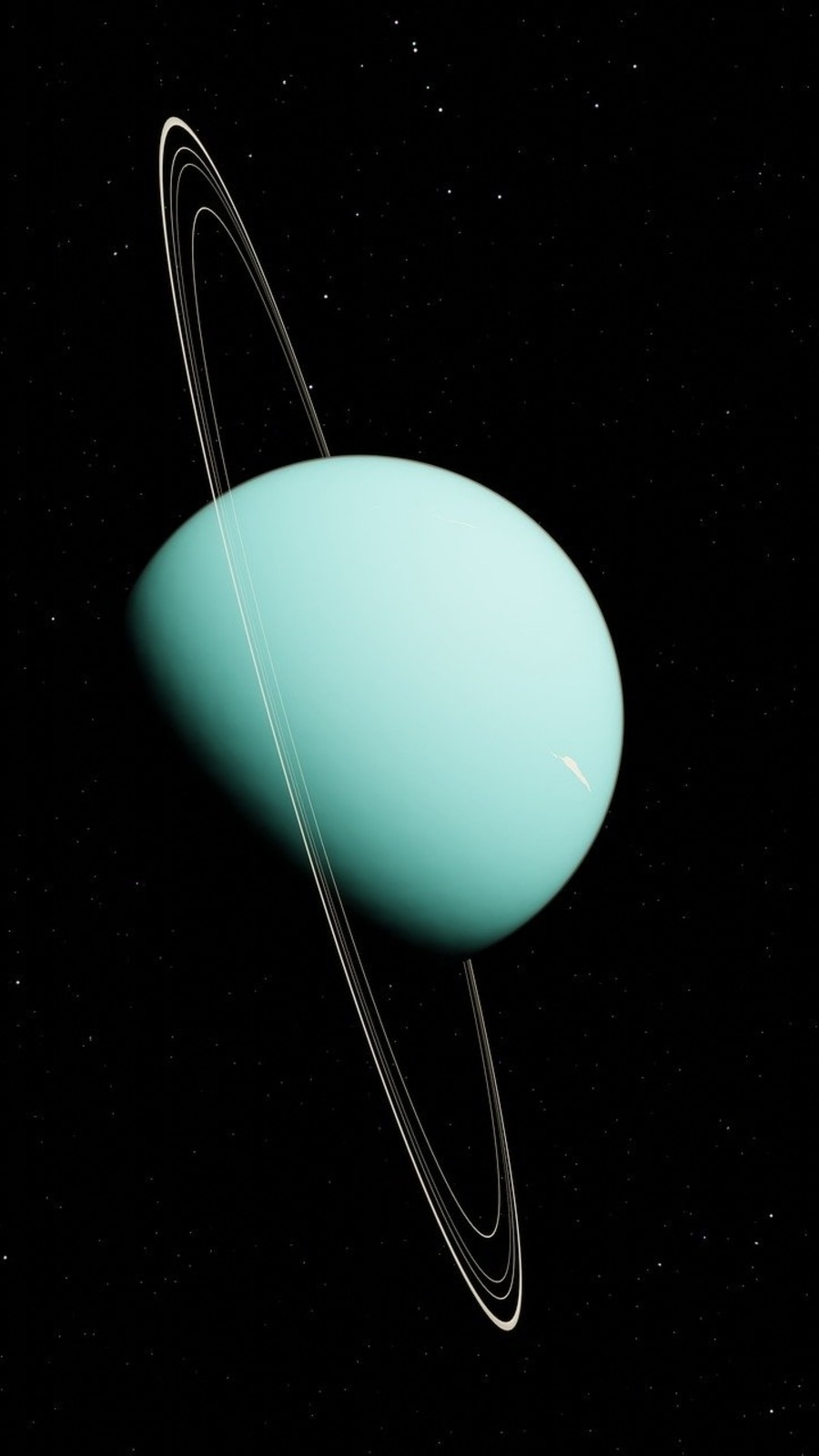
James Space Webb Telescope snaps Uranus in awesome avatar - rings, moons, storms and more

Photo Credit: NASA, ESA, CSA, STScI
The James Webb Space Telescope recently focused on Uranus, capturing a detailed image of the ice giant's rings, moons, storms, and atmospheric features. NASA has shared that awesome snapshot now.
Photo Credit: Pixabay
James Webb Space Telescope’s sensitive instruments have captured the planet in an awesome avatar. It has revealed Uranus' dim inner and outer rings, including the elusive Zeta ring, closest to the planet.
Photo Credit: Pixabay
The James Webb Space Telescope also observed many of Uranus' 27 known moons, even detecting small moons within the rings.
Photo Credit: Pixabay
NASA explains that the Infrared wavelengths used by the James Webb Space Telescope unveiled a dynamic ice world with intriguing atmospheric features, contrasting with the placid, solid blue appearance in visible wavelengths.
Photo Credit: Pixabay
A notable feature is Uranus' seasonal north polar cloud cap, with details becoming clearer in newer images, including a bright inner cap and a dark lane at the polar cap's bottom.
Photo Credit: Pixabay
James Webb Space Telescope observed the bright storms near and below the southern border of the polar cap, possibly influenced by seasonal and meteorological factors
Photo Credit: Pixabay
The polar cap becomes more prominent as Uranus' pole points toward the Sun, especially as it approaches solstice and receives more sunlight. The next solstice is expected in 2028.
Photo Credit: Pixabay
The polar cap becomes more prominent as Uranus' pole points toward the Sun, especially as it approaches solstice and receives more sunlight. The next solstice is expected in 2028.
Photo Credit: Pixabay
Uranus' unique tilt of about 98 degrees results in extreme seasons. Its one pole experiences sunlight for nearly a quarter of its year while the other remains in a 21-year-long winter
Photo Credit: Pixabay
James Webb Space Telescope’s unparalleled infrared resolution and sensitivity provide groundbreaking clarity in observing Uranus and its features, including the close-in Zeta ring.
Photo Credit: Pixabay
The detailed observations of Uranus, facilitated by the James Webb Space Telescope, offer valuable insights for planning future missions to the planet.
Photo Credit: Pixabay
According to NASA, Uranus contributes to understanding meteorology, formation, and overall planetary dynamics, placing our solar system in a larger context.



